The Difference Between Category, Class, and Type of Aircraft
Pilot Institute
MARCH 28, 2025
Glider This category includes aircraft that are designed to fly without an engine and rely on natural air currents for lift through the reaction between the air and the wing. Rotorcraft This category includes aircraft that use rotating blades to generate lift, such as helicopters or gyroplanes. propellers) or thrust (i.e.,



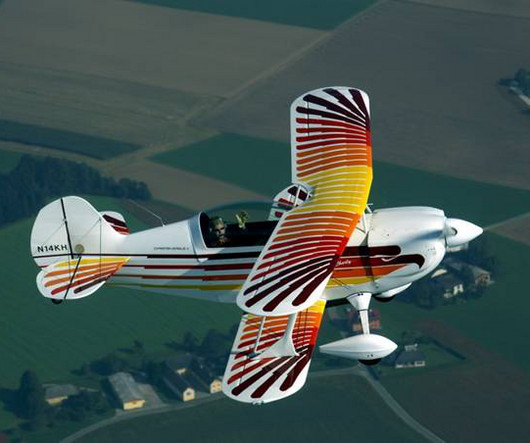

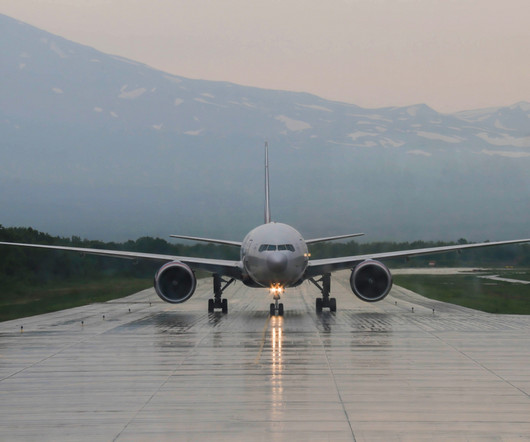
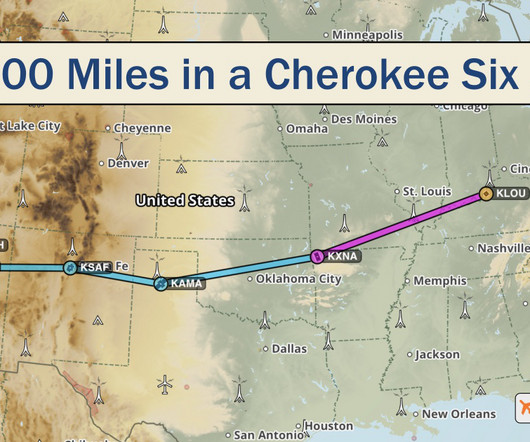

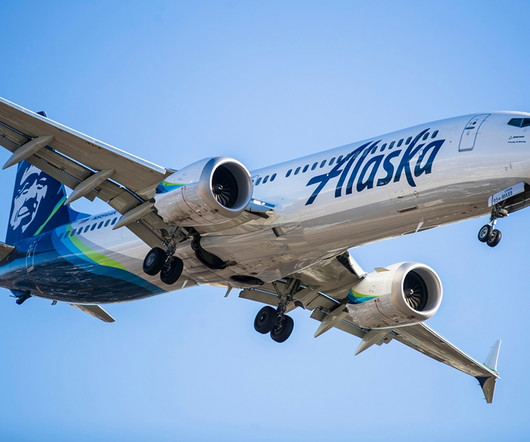

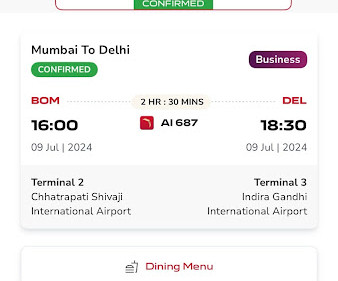







Let's personalize your content